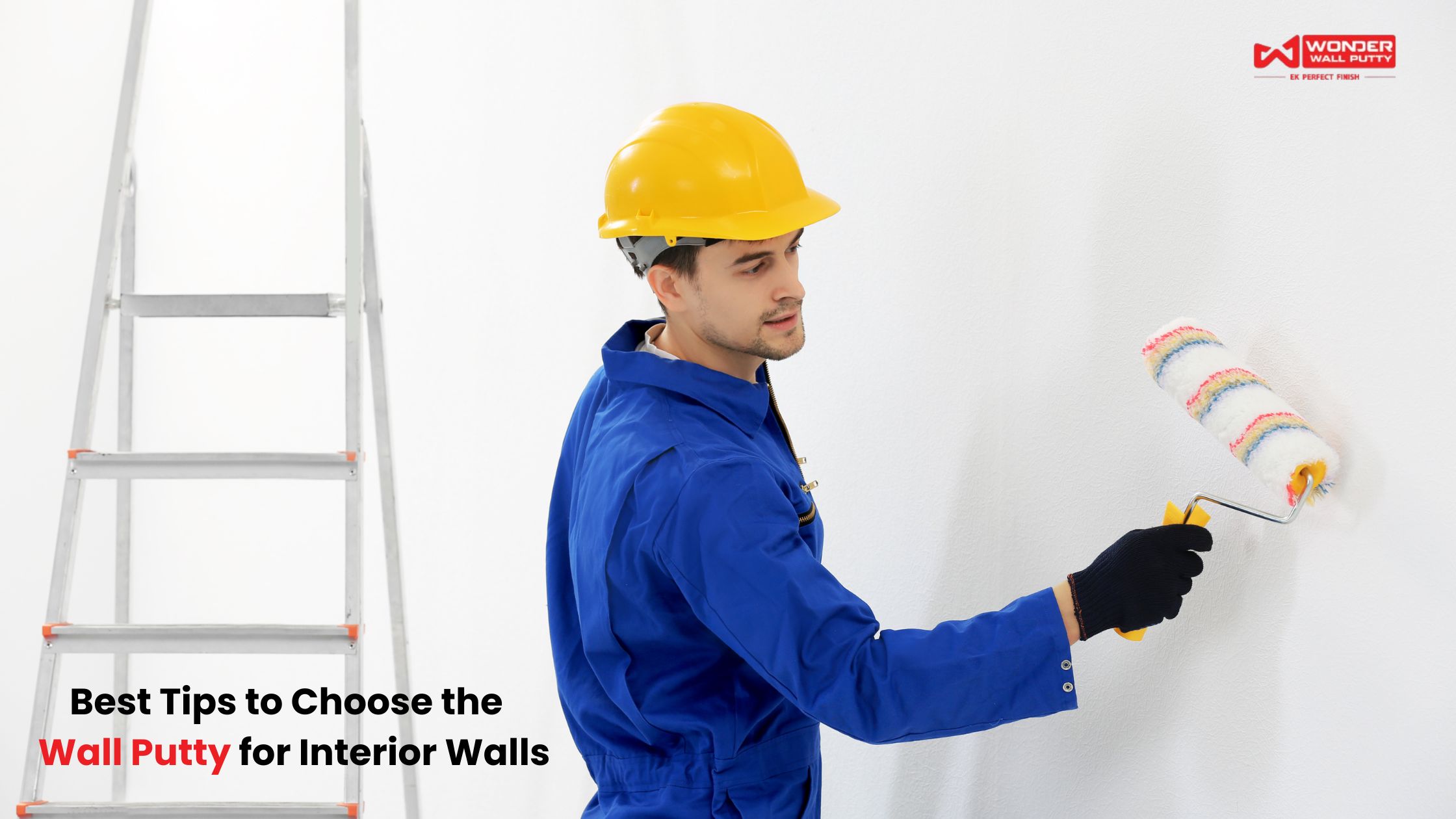
Things To Remember Before Selecting Wall Putty
When it comes to achieving smooth, long-lasting walls, selecting the right wall putty is crucial. Whether you’re renovating your home or constructing a new space, the choice of putty can make or break the final look. This guide will walk you through everything you need to know to pick the best putty for interior walls and avoid common pitfalls.
What is Wall Putty?
Wall putty is a white cement-based powder mixed with water and polymers to create a paste. It’s applied to walls before painting to fill minor imperfections, create a smooth surface, and enhance paint adhesion. Unlike plaster, it doesn’t shrink or crack, making it ideal for preparing walls for a flawless finish.
Why Choosing the Right Wall Putty Matters
Picking the correct wall putty ensures durability, aesthetics, and cost-effectiveness. The wrong product can lead to peeling, uneven textures, or frequent repairs. Here’s what you need to focus on:
Types of Wall Putty
1. Cement-Based Putty
The most common type, made from white cement and minerals. It’s affordable and suitable for both interior and exterior surfaces. Modern variants include polymers for better flexibility and adhesion.
2. Polymer-Modified Putty
Enhanced with synthetic polymers, this type offers superior crack resistance and smoothness. It’s often considered the best putty for interior walls due to its fine finish.
3. Acrylic Putty
Water-based and easy to apply, acrylic putty dries quickly and works well in humid conditions. Ideal for kitchens and bathrooms.
4. Waterproof Putty
Specially formulated to resist moisture, this type is perfect for areas prone to dampness. Look for terms like “water shield” in product descriptions.
Key Factors to Consider
1. Climate and Weather Conditions
Wall putty drying time depends on temperature and humidity. In humid areas, opt for fast-drying or waterproof variants. Avoid application during monsoons or extreme heat.
2. Surface Type
Interior walls require finer putty for smoothness, while exteriors need durable, weather-resistant formulas. For porous surfaces, choose a putty with excellent adhesion.
3. Brand and Quality
Stick to reputable brands that guarantee consistency. High-quality putty reduces the need for reapplying and ensures better paint results.
4. Coverage and Durability
Check the coverage per kilogram (kg) to estimate quantity. Polymer-enriched putty lasts longer and resists flaking.
5. Ease of Application
Some putties require professional mixing and application, while others are pre-mixed. For DIY projects, pick user-friendly options.
Common Misconceptions About Wall Putty
Myth 1: Putty Fills Holes and Cracks
Wall putty is designed to smooth surfaces, not repair cracks. Use fillers or spackle for deep imperfections before applying putty.
Myth 2: Water Curing is Necessary
Unlike plaster, wall putty doesn’t require water curing. Simply let it dry naturally based on weather conditions.
Myth 3: Primer is Needed After Putty
High-quality putty acts as a base, eliminating the need for primer. Paint can be applied directly after sanding.
Myth 4: Putty Dries Quickly
Drying time varies—from 6 hours to 2 days—depending on humidity and temperature. Ensure proper ventilation for even drying.
How to Apply Wall Putty Correctly
Step 1: Surface Preparation
Clean walls of dust, grease, or loose particles. Repair cracks with filler and let it dry.
Step 2: Mixing
Add water gradually to the powder until it reaches a creamy consistency. Over-watering weakens adhesion.
Step 3: Application
Use a trowel to apply in thin, even layers (1–2 mm). Let the first layer dry completely before adding another.
Step 4: Sanding
Once dry, sand the surface with fine-grit paper for a smooth finish. Wipe away dust before painting.
Choosing the best putty for interior walls involves understanding your needs, climate, and surface type. Prioritize quality brands, check for polymer or waterproof features, and follow proper application steps. Remember, wall putty isn’t a fix for cracks, nor does it need primer or water curing. By keeping these tips in mind, you’ll ensure a polished, durable finish that enhances your space’s beauty for years.
Investing time in selecting the right wall putty today will save you from costly repairs tomorrow. Happy renovating!